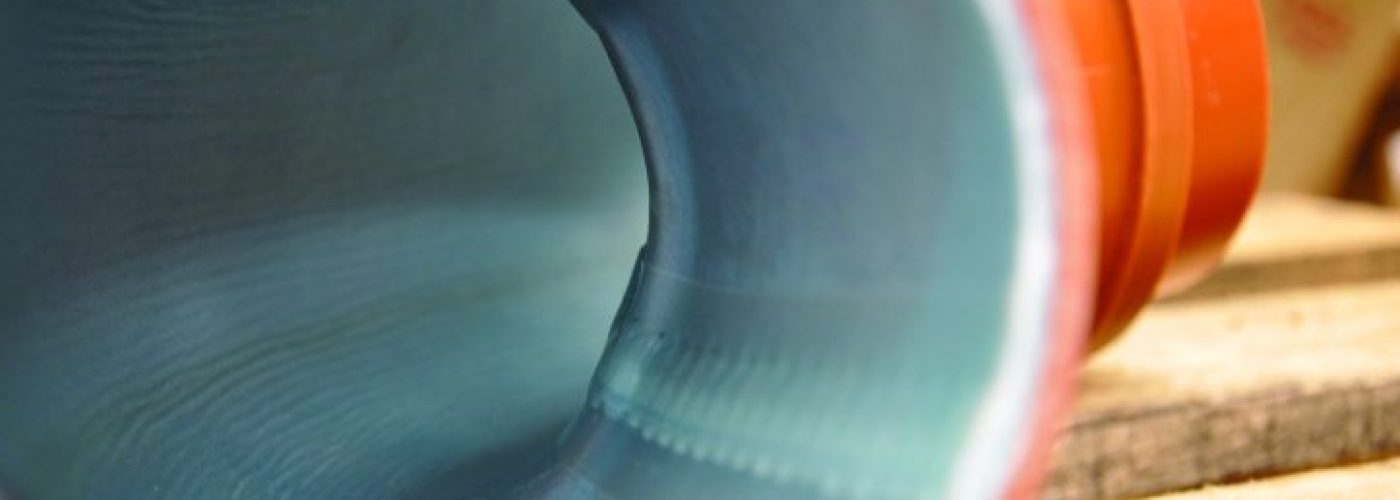When it comes to repairing water and waste pipes in present times, Cured-In-Place Lining is by far the most technologically advanced technique. The installation process for the same works on the principle of creating a pipe within the pipe with the help of trenchless technology.
When one works with the CIPP lining process, he can expect the resulting pipeline to be loaded with several benefits instead of when he uses the traditional pipe repair process and the related replacement techniques.
Working of CIPP
The first step of the CIPP installation is cleaning out the pipe. If one tries to attempt the installation without cleaning the pipe, it will result in a failed pipe restoration. The resin will be able to coat it evenly and cure it only if the line is clean. If corrosion, grease, or rust is found, cleaners can remove it using abrasive cleaning methods.
After ensuring that the pipe is clean, the technicians will proceed to insert a video camera inside the pipe to search for sources of damage. This information is crucial since it will tell them where they need to make the repairs. A fundamental advantage of CIPP liners is that you have both options: to repair not such big areas of damage or repair the whole pipe length in one go.
After the technicians have determined the area which needs repairs, they start inserting a tube coated with layers of repair material into the pipe. Subsequently, they prepare a balloon or bladder and put it inside the line. This ensures that the tube is held in place against the pipe. The bladder has coated the damaged pipe with the required repair material and will keep it until it cures. With most materials, one can expect the pipe to cure in around two to three hours.
The technician removes the balloon and deflates it once the material is completely dried. They might insert the video camera once again to check whether the process was successful and sealed the damage. There should be a solid and durable pipe instead of the old one, which was not in good condition.
When we compare trenching and CIPP lining, we find that the latter provides several benefits compared to the former. There might be some situations where CIPP liners might not be the solution for specific problems; one can look towards trenchless solutions for such cases. Consult some of the experts in trenchless pipe solutions to perform a diagnosis of your water system before you decide which method of repair or replacement you would like to go for.
Identification of sewage problems
When we compare sewage issues with other ones, we discover that they are relatively easier to identify. You should not ignore the first signs of a leaking sewage system. The more you ignore them, the worse the damage can become. Naturally, you might not know when there are problems. However, you can learn what things to take care of and when to seek professional help.
Funny sounds
In the scenario that you hear the sound of water gushing but can’t seem to find the source, it might be that there is a leak in either your sewer pipes or building.
Squishy floor
When you step on your floor, and it makes a squishy sound or feels spongy, it might have happened due to a sewage leak. When an issue arises with the link to the sewer main, the water seeps close to the connection, which results in the floor getting filled with moisture.
Bad odor
Although it is known that sewage does not have a pleasant smell, but some foul odors in your house might arise from mold and mildew that flourish with the help of sewage leaks. These odors might be detectable outdoors too.
Rodent woes
Rodents are attracted to the odor of leaking sewer lines. It might be too late before you notice the issue, and they have arrived in large numbers drawn by the smell. If you cannot pinpoint any other reason for the rodent problem, it is definitely a sewer leakage.
Cracks present in the foundation
When sewer lines drip, they cause pooling in the soil present around your home. This leads to the shifting of the house and the development of cracks in the foundation. It might also result in damage in driveways, concrete patios, and sidewalks.
Why choose CIPP trenchless pipeliners?
- Even though traditional trench methods might seem a cheaper option, this is not the case. When the actual costs are computed, CIPP lining appears to be a better option economically.
- CIPP pipelines can work for several types and sizes of pipes. You need not think about the size or placement of the original line.
- CIPP pipeliners are a much safer option for you and the workers. There is less risk of exposure to several dangerous natural elements.
Plagiarism Report:





